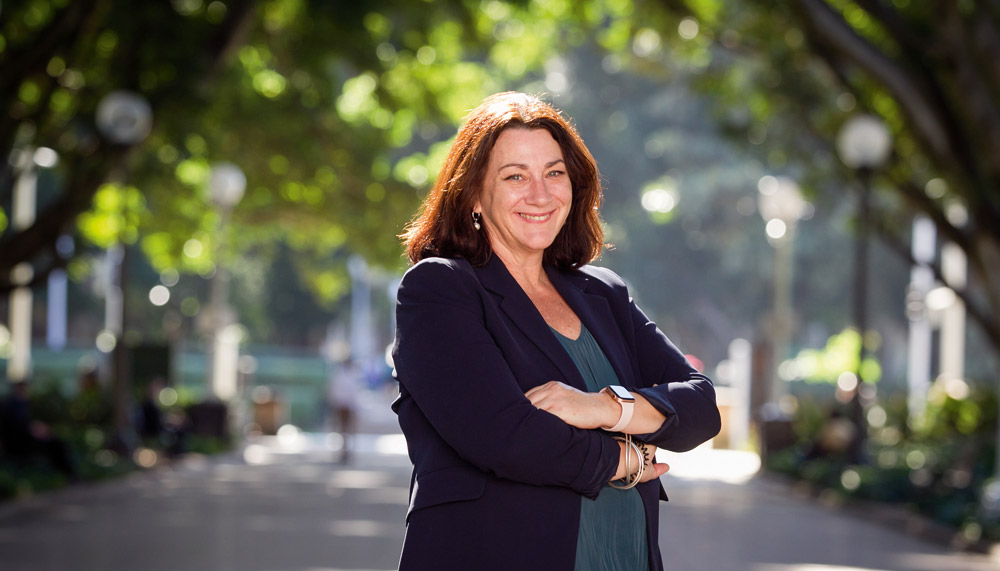The Greater Shepparton Lighthouse Project is turning to its own community to address youth disadvantage.
Story Terri Cowley Photo Renee Nowytarger
About 10 years ago, community groups came together in the northern Victorian town of Shepparton to look at the issue of poor outcomes for local young people. At that time, Lisa McKenzie was the executive officer of the local Community Fund. “We realised we were giving out a lot of money for Bandaids,” Lisa says. “There seemed to be poor outcomes, with entrenched disadvantage, particularly around education.” The Fairley Foundation – a philanthropic organisation that encourages social and cultural change – convened some community round tables, drawing together leaders from across different sectors, including education, health, the Aboriginal community, universities and business.
“Data was presented that day, and it was really apparent no-one understood the full equation,” Lisa says. “The business and wider community didn’t know how deeply entrenched this disadvantage was. It was a wake-up call.”
The previous year, Stanford University had identified a problem-solving model that could be used to work across organisations, communities and sectors to solve what they called a ‘wicked problem’ – a complex problem with no single solution. This model was used to “deeply understand the problem,” Lisa says. “Then you seek to own it and shift it together – really breaking down silos to think differently.”
The result was the Greater Shepparton Lighthouse Project (GSLP), which came into being soon after, firstly as a working group and then, in 2014, as a structured organisation with a community board. Currently nearly 500 volunteers are working in preschools, primary schools, high schools and other alternate learning settings (albeit with several hiatuses in 2020, due to COVID restrictions), offering vulnerable children social connection, mentoring and support for numeracy and literacy.
This story excerpt is from Issue #135
Outback Magazine: Feb/Mar 2021










